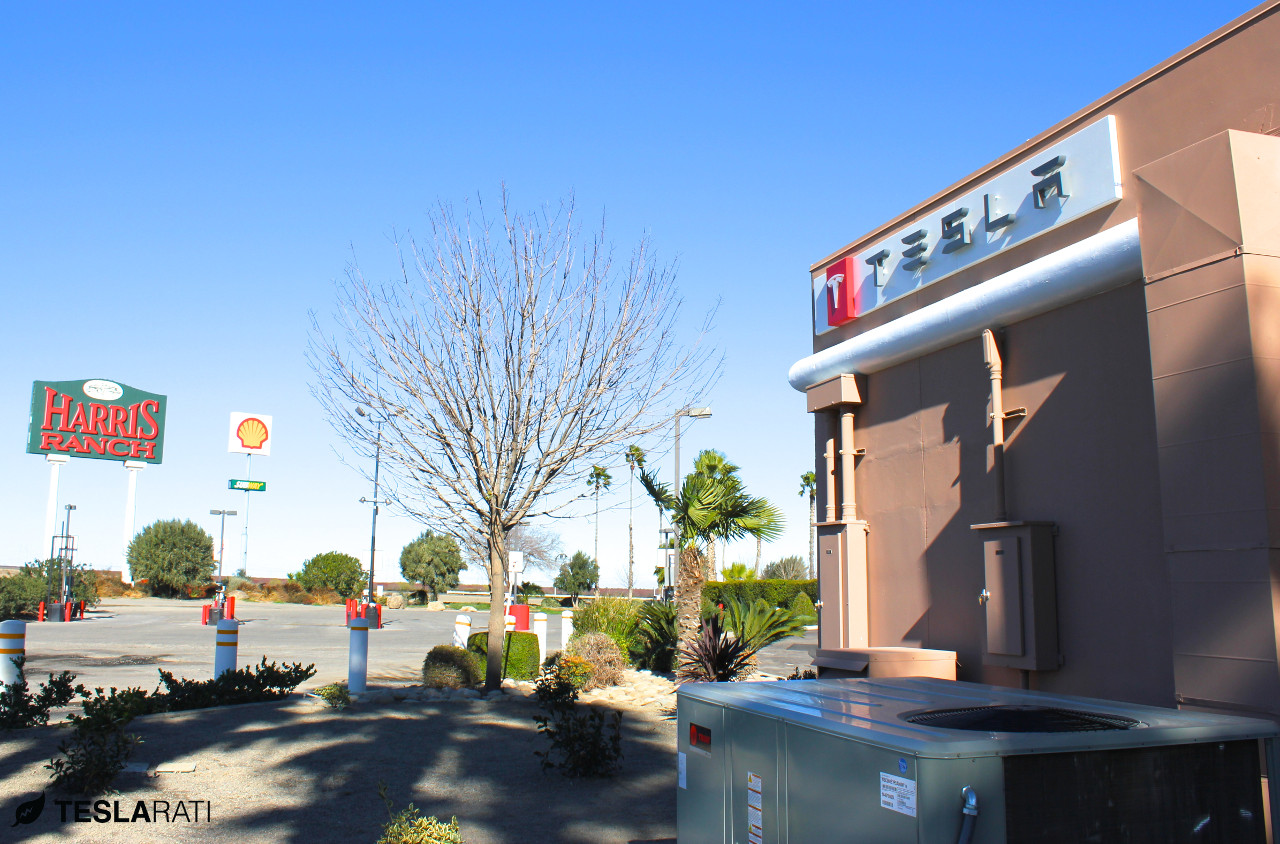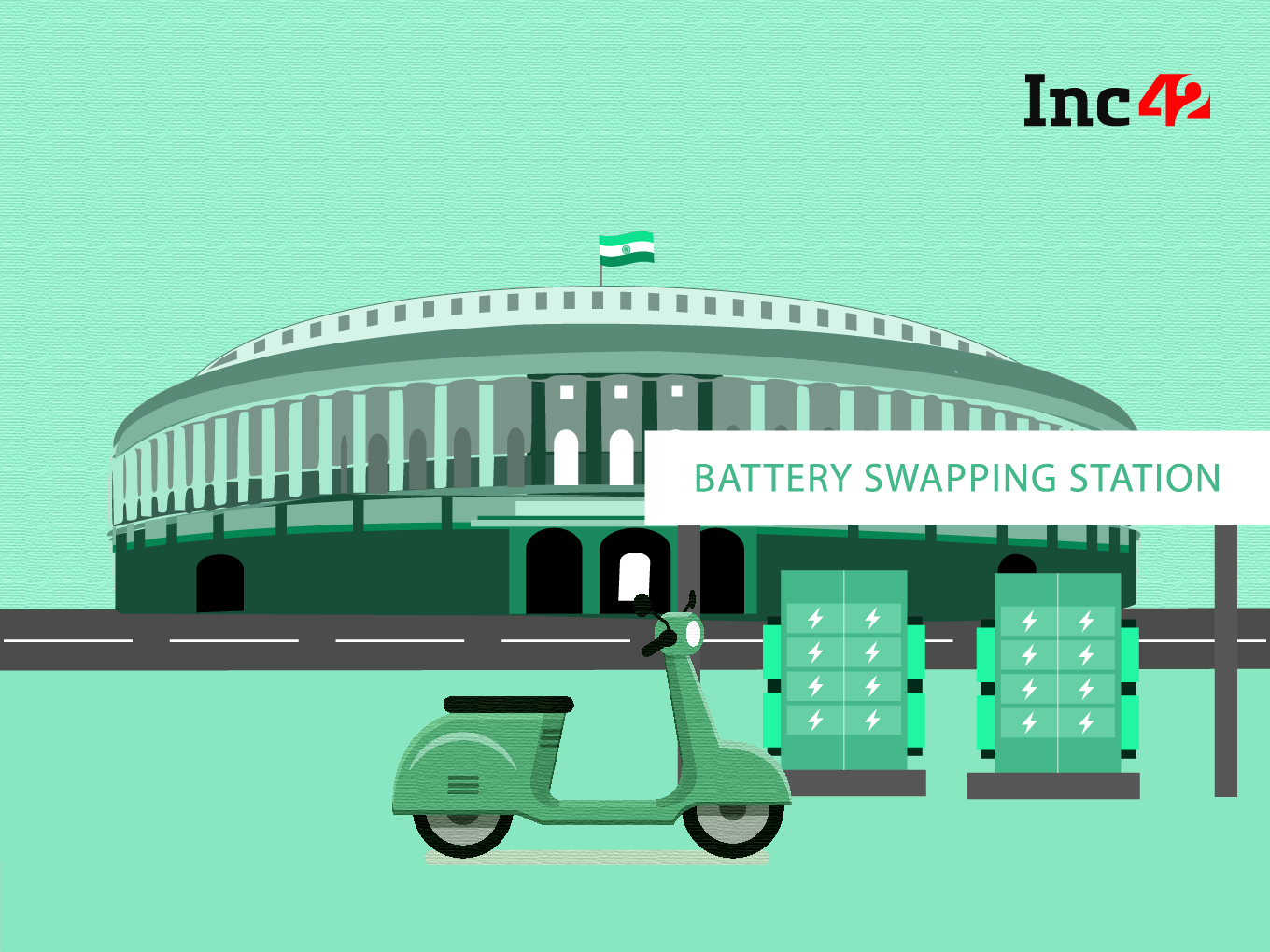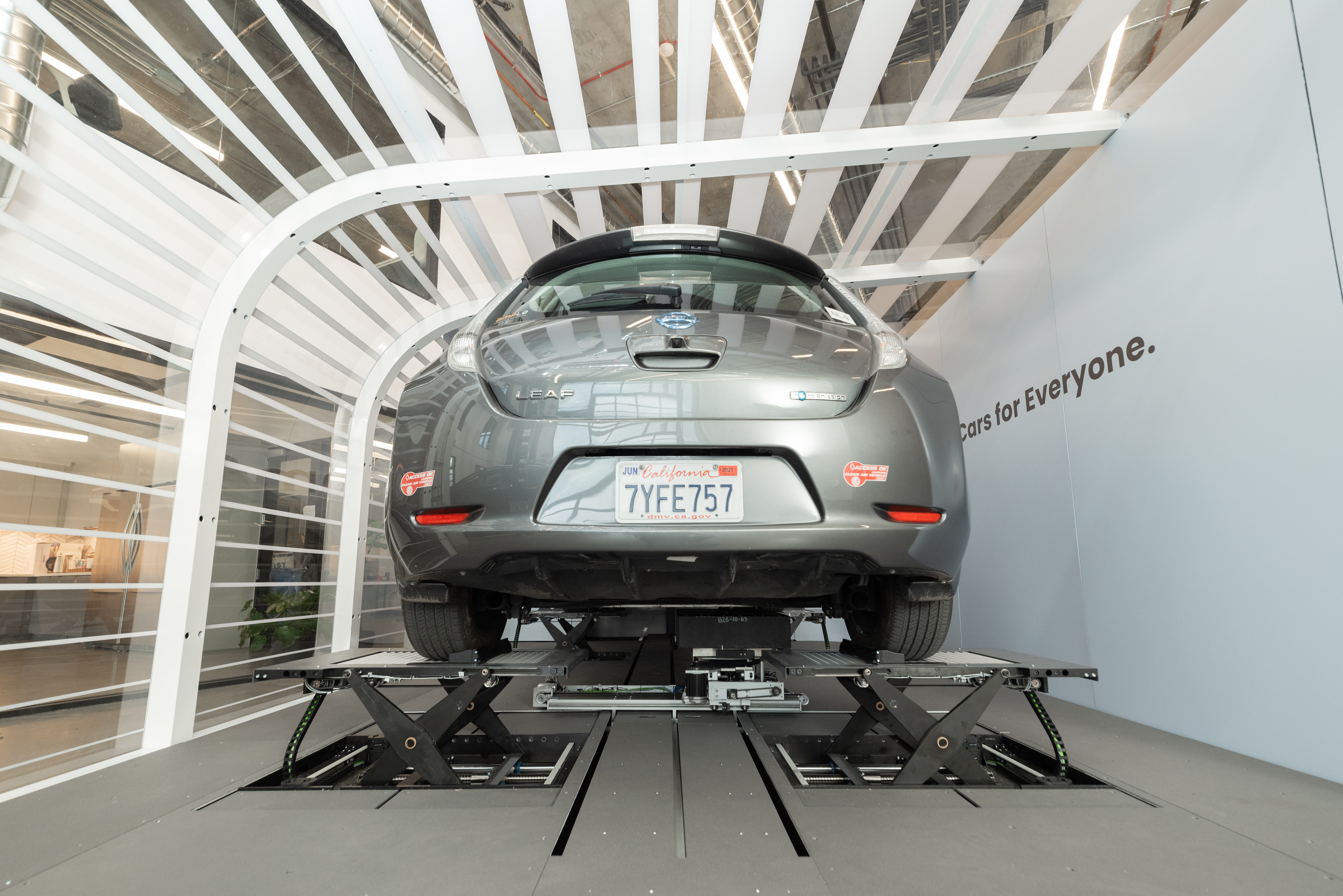As we zip towards the future in our electric chariots, one critical hiccup remains – long charging times. In this pulsating landscape of electric vehicles, could a swap of batteries be faster than a refill of gasoline? In the following discourse, let’s dissect the intriguing concept of battery swapping stations. Buckle up as we investigate if this notion could be the express lane breezing us past the squabble over charging times or just another detour on the road to our electric Odyssey.
Understanding Battery Swapping Stations

Imagine you’re behind the wheel of an electric vehicle, and that ominous red, low-battery sign starts flashing. Rather than panicking about where the nearest supercharger station might be or how long it will take to recharge, imagine if you could almost as easily swap out your depleted battery for a fully charged one, much like you’d fill up at a gas station, and be back on the road in minutes. That, my friends, is the concept of battery swapping stations.
In essence, a battery swapping station is a touchpoint where electric vehicle (EV) drivers can replace their drained battery for a fully charged one. The swap could be likened to an IndyCar pit stop – quick, efficient, and right back to the race, or in this case, your road journey. The technology itself isn’t as complex as you may think. The depleted battery is extracted from the car using specialized machinery and is replaced with a fully charged one.
The discharged battery remains at the station, where it’s recharged for a future swap, creating a continuous loop of energy exchange. This technology was conceived to address one of the significant barriers for widespread EV adoption: recharge time.
Understanding the value proposition of battery swapping stations hinges on two critical realities for electric vehicle (EV) owners. The first is range anxiety – the fear that your vehicle doesn’t have sufficient charge to reach your destination and could leave you stranded. Which, let’s face it, isn’t entirely unfounded. The second is charging time. While overnight home charging or superchargers may work for some, others may find the time taken for a full charge inconvenient or impractical.
Although still in its early days, the concept of battery swapping stations has the benefit of flipping the script on these realities. So, next time that ominous low battery sign lights up, turn off the panic, and imagine driving into a battery swapping station and driving out moments later, fully charged, and ready for the road ahead.
Benefits of Battery Swapping Stations
As we shift our gears to a world of electric mobility, battery swapping stations emerge as an often overlooked, but potentially game-changing aspect of the revolution. Here, we aren’t talking about just taking away the woes of long charging times but transforming the entire scenario of owning an EV.
Remember the time when mobile phones announced the freedom to swap out a drained battery with a fully charged one? Picture that but on a greater, more impactful scale. If you’re any kind of EV skeptic, pop open a cold soda, kick back and buckle up, your hesitations are about to hit the highway.
First off, the most glaring advantage is the time efficiency. With a battery swapping station, you’re in and out faster than a hiccup. The whole process takes just a few minutes -comparable to the time spent at a conventional petrol station. No longer will you have to watch three episodes of your favorite sitcom, as your car guzzles electrons at a snail’s pace at a charging station.
Next, battery degradation, the pet peeve of every EV owner, becomes a non-issue. With the battery-leasing programs, the ownership of the battery falls upon the station rather than the vehicle owner. This means that as batteries degrade over time, the swapping station bears the burden of replacing them, saving customers the considerable costs of battery replacement. Plus, you always drive around with a battery in prime condition, boosting the performance of your EV.
But that’s not all, folks. Battery Swapping stations can also help manage the load on the electrical grid. Picture this, a sea of EVs charging at the same time can place enormous pressure on the grid–something it is currently not equipped to handle. Swapping stations, by charging batteries during off-peak hours, can prevent gritty situations such as blackouts and energy wastage.
Lastly, it’s quite the appeal to budget-conscious folks. As you’re not purchasing the battery, which forms a significant portion of an EV’s cost, electric vehicles could become more affordable, further accelerating the shift to green transportation.
So, there you have it. Battery swapping stations offer serious solutions to several persisting problems associated with EVs. They’re not just here to revolutionize the way we ‘refuel’ our EVs; they’re here to totally flip the script on EV ownership as a whole. Pardon the pun, but it feels like a jolt of electricity in the right direction. Good time to get amped for the future, isn’t it?
Challenges Facing Battery Swapping Stations

An absolute truth about battery swapping stations is that their issues don’t lie in whether or not they wow the sock garters off the car nerds. Because they do, right? You pull up with an electric vehicle looking like it couldn’t make it another block and boom! In a fraction of the time it takes your Aunt Linda to peruse the greeting card section at the local pharmacy, you’ve got a fully-charged battery ready to burn some (admittedly, virtual) rubber. Amazing, no?
The problems here are ticking away quietly in the background. They exist in extensive requirements of physical infrastructure, standardization, costs, and the not-so-friendly-other-brother – the variable nature of technology.
Battery swapping stations need vast, physically built networks to enable the service anywhere near the level of convenience that drivers expect. That’s no small undertaking. It’s like the equivalent of building new petrol stations, except, well, more sophisticated. Then there’s this point. What if you’re driving a Nissan, but the nearest battery-swapping station only caters to Teslas? Eh-oh. Standardizing battery units among different companies? Easier said than done, I reckon.
And don’t get me started on costs. The upfront investment in these new-fangled fill-up stations is more than just a number to raise an eyebrow at. It veers into are-you-crazy territory. Net profits exist somewhere in the future, like a mythical oasis in an ROI desert.
Then, here’s the big one. Technology never has been the most loyal mate. Look away for a second, and there it goes, veering towards a brighter, newer model, leaving the old one (you) in a cloud of dust. Battery technology specifically, grows faster than your backyard weeds. A brand new battery swapping set up could be obsolete faster than you can say, “diminishing returns.” The risk of investing in technology that might go obsolete can give even the most risk-tolerant investor pause.
But, despite these challenges, it’s not all crepe hangers. Battery swapping could be one among an arsenal of solutions that we’ll need to adequately address the EV adoption challenge. This technology holds promise, despite the hurdles. These difficulties just add that edge of jeopardy that makes the game interesting, right?
Global Usage and Success Stories

Battery swapping technology isn’t a pipe dream; it’s a practical reality in various parts of the globe. Multiple countries have successfully integrated this system into their national infrastructure and are experiencing positive results.
A success story that stands out prominently is that of Taiwan, where Gogoro, a scooter manufacturer and energy company, has created a vast network of over 2,000 battery swapping stations scattered throughout the country. With its smart two-wheelers having a battery range of about 110 kilometers, riders can easily replace their spent batteries from the nearest station in under six seconds. Talk about brevity in action! The overwhelming success Gogoro has achieved in Taiwan is now being propagated in various parts of Europe, testifying to the global appeal of battery swapping stations.
From Asia, we journey to the heart of Europe. Norway, known for its aggressive climate goals, has begun a pilot project introducing battery swapping stations for electric taxis in the capital, Oslo. Collaborating with a local firm, Norse, the project aims to create a seamless system that ensures cabs are never more than a couple of kilometers away from a swap station. This means the taxis spend less time charging and more time taking passengers to their destinations, increasing efficiency tremendously.
To further bolster the feasibility of battery swapping stations, we can’t ignore the achievements in India. Energy infrastructure company, Sun Mobility, launched a network of Quick Interchange Stations in Bengaluru and Delhi. Offering real-time battery health tracking and automated payment systems, these stations cater to buses, cars, and three-wheeled auto-rickshaws. Commuters benefiting from this system can vouch for its effectiveness in solving range anxiety.
Mind you, what we have here are not isolated triumphs in societal enclaves. They’re an indication that battery swapping stations are becoming increasingly prevalent and successful in numerous spaces worldwide. From electric bikes in Taiwan to taxis in Norway, and buses in India, it’s evident that the technology holds immense potential. Notching up impressive success stories globally, battery swap technology may indeed be more than just a viable solution—it could be a significant contributor to a sustainable, zero-emissions future.
FAQs
What the heck are battery swapping stations?
Why aren’t we already using battery swapping stations?
How would battery swapping stations impact the environment?
Conclusion
Battery-swapping stations certainly don’t mark the end of EV charging struggles, but they may offer a significant breakthrough for the realms of convenience and reduced wait times. Though implementation may present challenges, this solution exhibits considerable potential. Much like the obscure VHS tape rental kiosks of the past turned into our beloved Netflix, such transformative developments often need a pioneer. Time will prove whether battery-swapping stations can cause a major shift in the EV charging landscape and become an established intermediary in our transition to an all-electric future.
